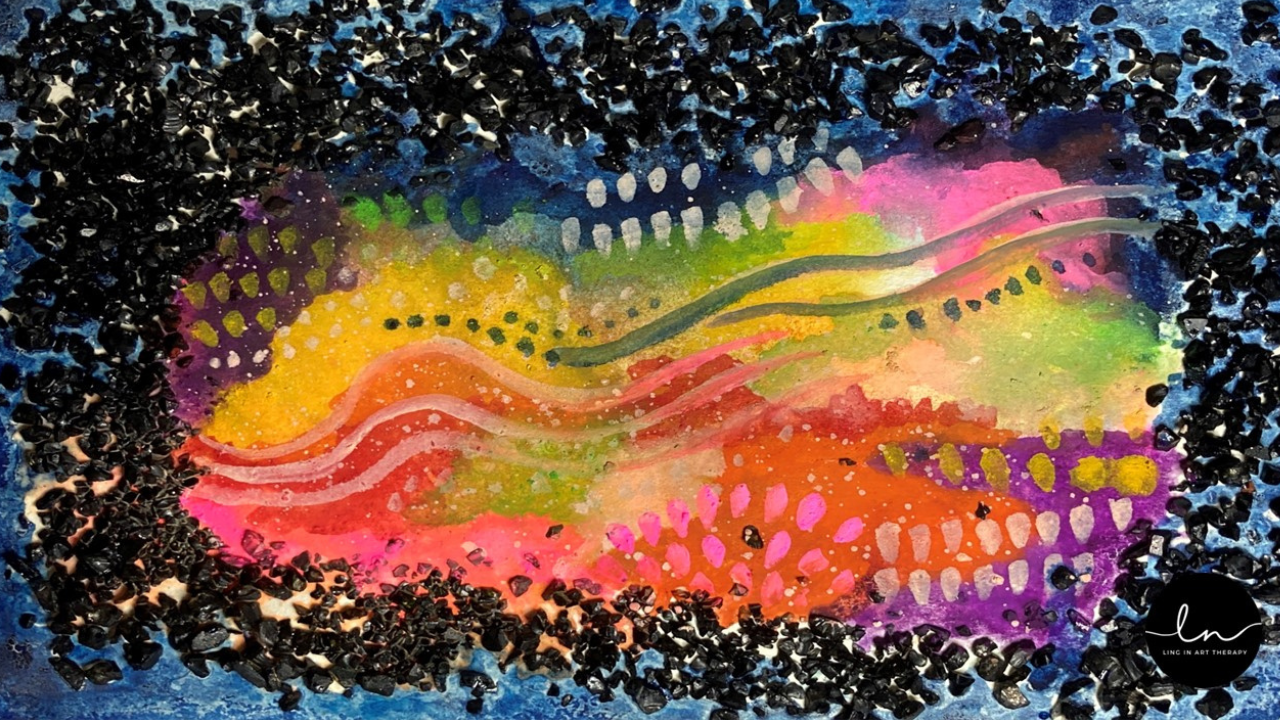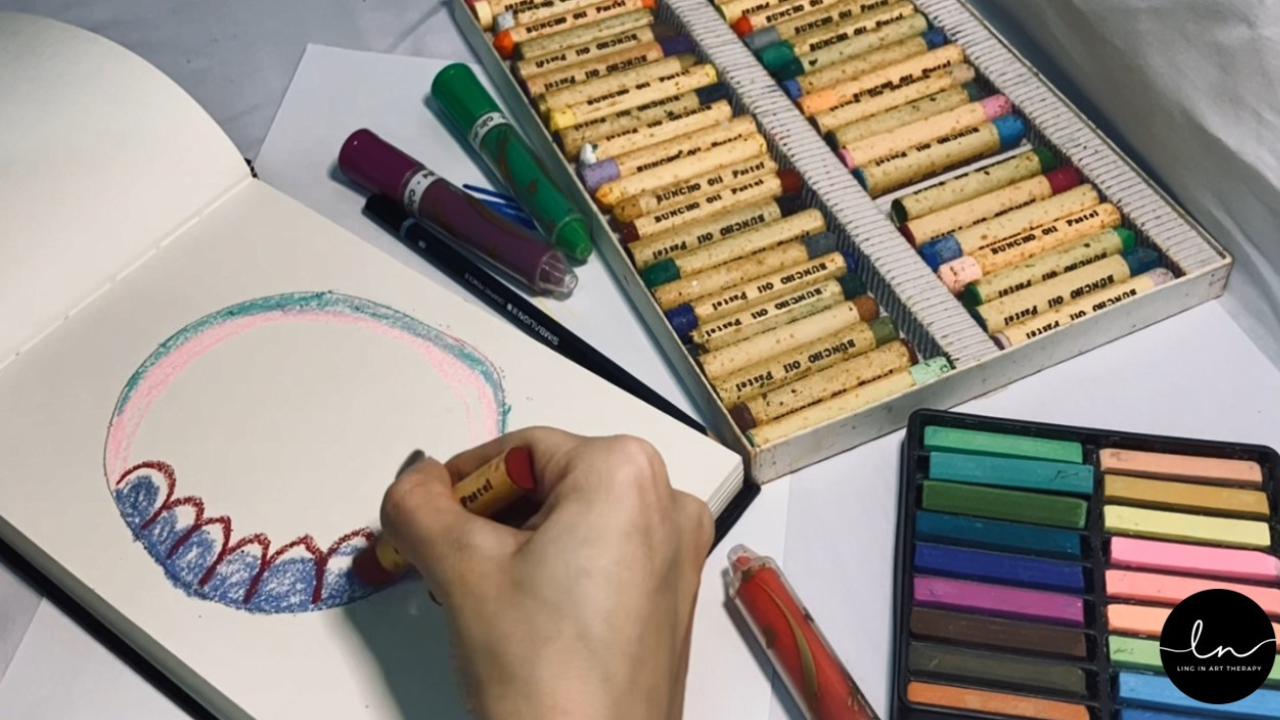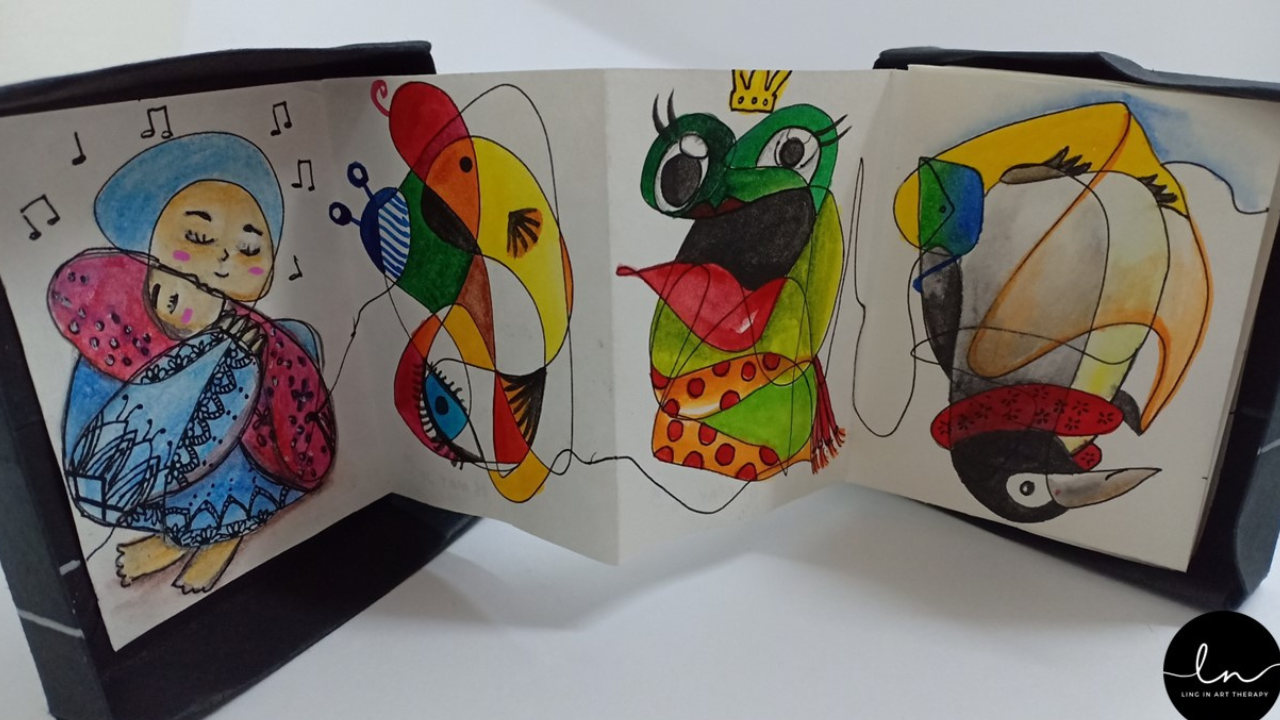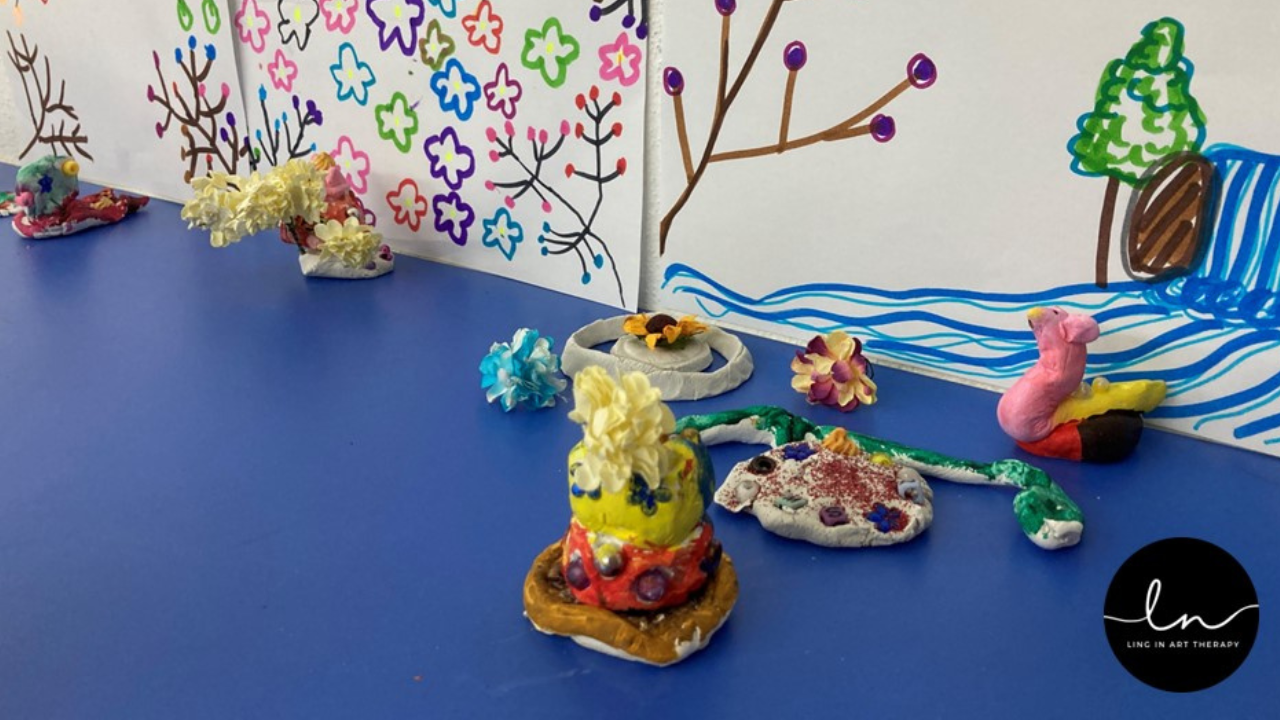Although mental health may still be a taboo subject to some, and issues such as depression and anxiety are commonly wrongly associated with people who have gone mad, this is an important topic that needs to be addressed, especially among Malaysians.
According to a report released by the Malaysian Mental Health Association in October 2020, mental illnesses among citizens have increased “two-fold” during the Covid-19 lockdown which resulted in more people seeking counselling. If your mind isn’t in the best place right now, you may have considered therapy such as counselling (otherwise you really should) but chances are you probably haven’t thought of getting art therapy.
We spoke to Penangite Khoo Ling In, a professional art psychotherapist about what exactly art therapy is, what it does for you, and how it differs from regular art lessons.
The 30-year-old graduated with a Bachelor (Hons) in Psychology from Disted College, Penang in 2016 and a Master of Arts in Art Therapy in 2021 from LASALLE College of the Arts, Singapore.
She currently works at 2Way centre, an NGO affiliated with the Penang Mental Health Association as a registered art psychotherapist and a special needs educationist. This centre provides early intervention and consultation for children, adolescents, and adults. She also offers private art therapy sessions during the weekends.
What is Art Therapy?

If you’re like us and you’ve vaguely heard about it but are not sure what it is exactly, Ling In said that in a nutshell, “Art therapy is using art to process your inner feelings or experiences.” This differs from creating art on your own as a hobby which is considered a leisure activity. Art therapy, facilitated by a registered art therapist is a therapeutic, transformative, expressive, and healing process.
The sessions are client-led, however, on some occasions, the therapist will tailor the session depending on the needs of the clients. The flow of the sessions may include a chat about how the client is doing, and an art-making session, followed by a time of reflection or discussion.
Goals & Practices of Art Therapy

Art therapy, facilitated by an art psychotherapist, is a form of psychotherapy. “It combines experiential and relational-focused approaches through the use of art and art materials and is suitable for individuals from various backgrounds and with life concerns, ranging from children to the elderly,” explained Ling In.
“It involves the process of creating art and engaging in this approach is therapeutic and transformational. Engaging art in the therapeutic process is expressive and healing. It has the potential to offer insights into embodied experiences through self-discovery, which results in improved self-esteem and better communication. The act of creating can be soothing and calming, which in turn helps to cope with anxiety and stress. Art holds the space for any emotions, feelings, experiences and everything in between that words can't describe.”
The art therapist guides and helps the clients tap into their emotions and memories by selecting art materials and/or art directives, and then supporting them to work toward the therapeutic goals. The created artwork reflects the emotions, memories, and experiences they may have suppressed or find difficult to articulate. The artwork captures the moments of those experiences when they give form to the experiences; this process thereafter provides an accessible way towards healing and self-discovery.
Do You Face Any of the Following Issues?

As mentioned previously, you are not crazy just because you have poor mental health and it is actually a common issue as 1 in 3 Malaysians have mental health issues, with these problems seen in individuals throughout all milestones of life who are facing financial difficulties, work-related stress, family issues, and more.
Besides mental illnesses such as anxiety and depression, art therapy can help people with various struggles such as trauma recovery, separation & loss, coping with problems, and learning disabilities.
Ling In shared, “Art therapy helps my client to find ways to express their difficult experiences through the reflection of their creative processes and reduce anxiety and fear through the engagement of the art materials. From this, they can develop deeper insights into their life. Art therapy empowers them to develop a sense of confidence and build connections with themselves, as well as towards others.”
Do You Need to be a Creative Person?
 Image courtesy of client
Image courtesy of client
We spoke to a reader with anxiety issues who shared that he finds it hard to sign up for regular counselling as he finds it difficult to speak about his feelings. Here is where art therapy can comes in as it involves both verbal and non-verbal expressions.
Ling In elaborated, “When words become stuck, difficult to express or not enough...sometimes transferring the experience of being stuck into a visual form provides a means of looking at those experiences in an artform.” The therapist will support and journey together with the clients and in the process, make meaning through their art and develop some insights into their life.
Depending on the needs of the clients, art therapy is provided individually or in groups. She also stresses that it is not an art lesson, instead, it is a creative medium used to facilitate expression and to communicate things or experiences we may find difficult to articulate by giving form, shapes and colours to them. The focus is on the creative process, rather than the final product, therefore there is no need for an artistic or creative background in art therapy. For folks who don’t have a creative bone in their body, take note!
Ling In also cleared up the common misconception about art therapy that it is all about drawing and painting. “It may not be so. Art can be any creative approach. For instance, it may be carving a sculpture, photography and creating 3D crafts. We look into the process of creating it and the meaning behind it.”
How does Art Therapy help your mental health?
Ling In recounted a personal story of a client and how she helped them with their mental health. “I have a young adult client who approached me, hoping that through art therapy they would be able to understand and find ways to cope with their difficult situations.”

“During their sessions, we worked on identifying the underlying struggles they faced and externalising them into a tangible and visual form. On top of that, we explored ways to cope with their struggles. My client later shared that the art therapy sessions have “allowed me to be present to parts of myself that I had thought were lost before. They support me to see how a picture can represent what may be going on inside my head. I felt a sense of relief after a few sessions,” she went on to say.
Ling In said the most rewarding part of her job is when she noticed the look of her clients being surprised at their transformation when they looked at the compilation of the series of artwork they created over time.
“Working with children, especially when they begin to include me in their story or artwork and being able to maintain interaction throughout the sessions are rewarding as this indicates that a level of therapeutic trust is formed between us,” she explained.
“Art therapy not only uses a hands-on approach, but it is also a 3-way relationship between the therapist, the client, and the art. When this therapeutic alliance is developed, we can work together towards growth, change and healing,” she said.
If you’re facing any struggles now, consider going for art therapy or share this story with someone you know who might need it!
Check out Ling In here:
Facebook: https://www.facebook.com/arttherapywithlingin/
Instagram: linginarttherapy
Blog: linginarttherapy.blogspot.com
Website: is.gd/linginarttherapy
Cover image credit: Right - courtesy of client






